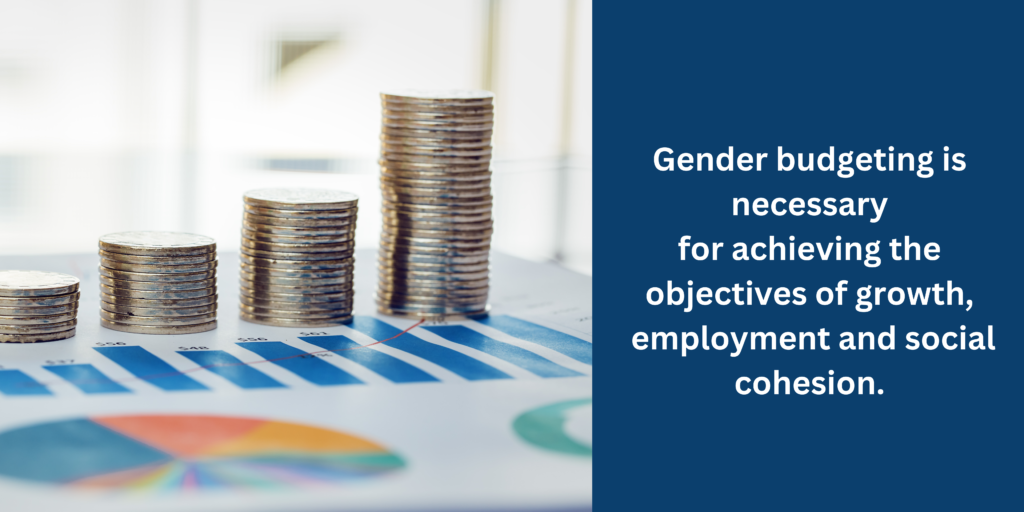
What is Gender Budgeting?
According to the Council of Europe’s widely used definition, gender budgeting is an application of gender mainstreaming in the budgetary process. It involves conducting a gender-based assessment of budgets, incorporating a gender perspective at all levels of the budgetary process, and restructuring revenues and expenditures in order to promote gender equality. In short, gender budgeting is a strategy and a process with the long-term aim of achieving gender equality goals.
Gender budgeting as a way of advancing gender equality
Gender budget analysis improves our knowledge of women’s and men’s needs, as well as the distributional effects and impacts of resource allocation on women and men in all their diversity. Thus, gender budgeting provides the basis for better, more evidence-based decision-making. This, in turn, contributes to ensuring that public funds are used more effectively to advance gender equality and uphold all of our human rights – including those of people whose rights are all too often neglected.
Gender equality is a fundamental principle for every country. It is also laden with socioeconomic benefits. Research affirms that reducing gender inequality has a plethora of positive effects, leading to greater economic growth, more jobs, healthier children, better labour productivity and more responsive governments. While economic growth can have positive effects on women’s economic status, advancing inclusivity and gender equality require that robust gender analysis informs economic policy decisions.
How can we apply gender budgeting?
- Developing regulatory framework for gender equality.
- Analyzing gender inequalities and gender needs at the national and sub-national levels.
- Operationalizing gender equality in policy objectives (in Partnership Agreements) and specific objectives/measures (in Operational Programmes).
- Coordination and complementarities to advance work-life balance.
- Defining partnerships and multilevel governance – identifying relevant partners, the role of gender experts and the composition of monitoring committees.
- Developing quantitative and qualitative indicators for advancing gender equality.
- Defining gender-sensitive project selection criteria.
- Tracking resource allocations for gender equality.
- Mainstreaming gender equality in project design.
- Integrating a gender perspective in monitoring and evaluation processes.
- Reporting on resource spending for gender equality.
